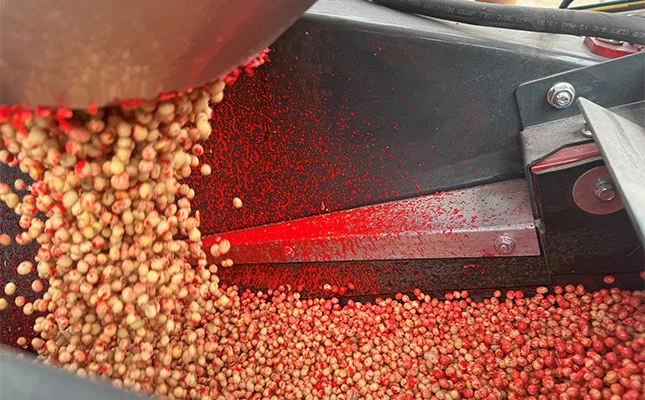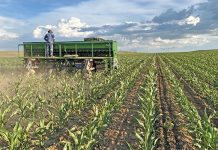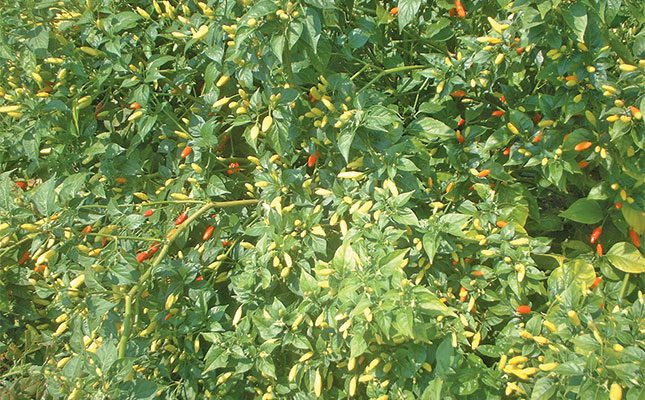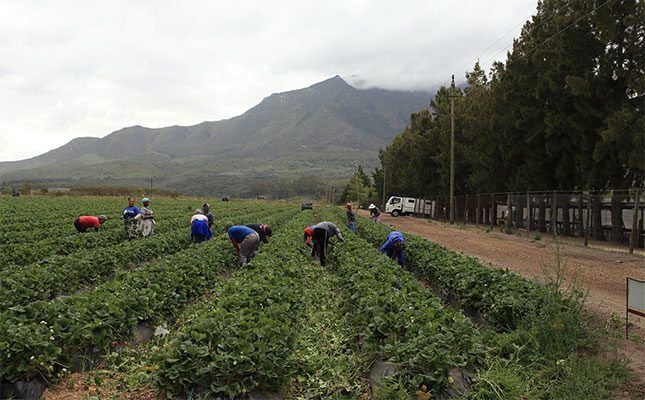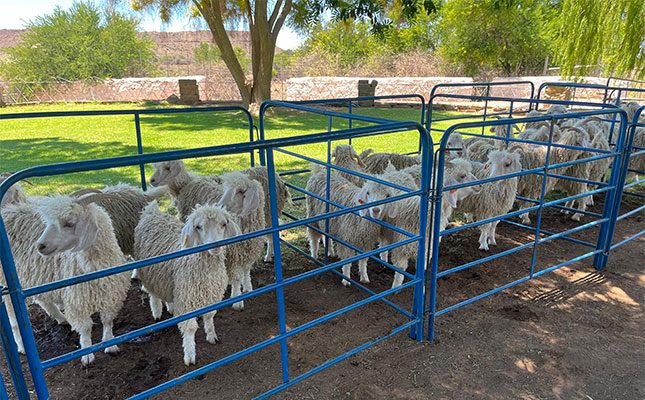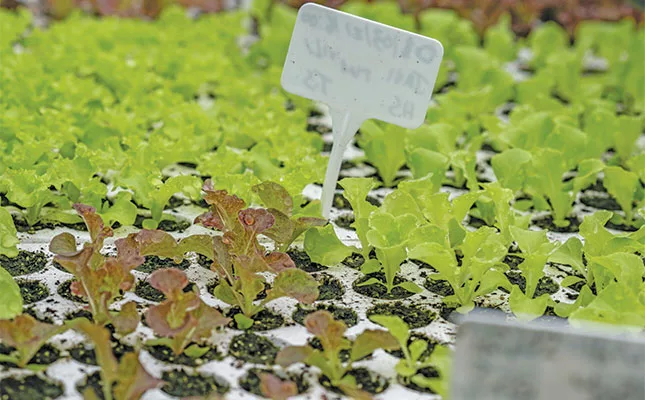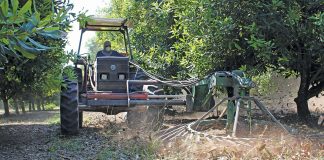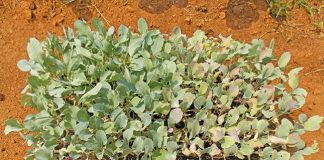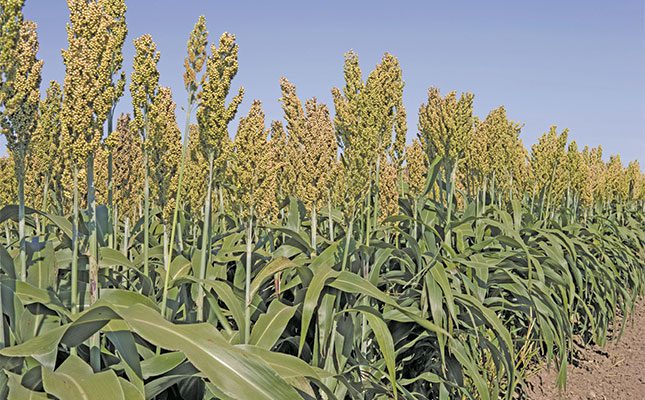
Photo: FW Archive
Sorghum, a versatile and drought-resistant grain, holds immense potential for transforming rural economies, particularly in regions where it is underutilised. A historically significant staple crop, sorghum’s full potential remains largely untapped.
Nate Blum is the CEO of Sorghum United, an international non-government organisation (NGO) based in the US that focuses on the promotion and market development of sorghum, as well as providing education about the grain.
“Sorghum has the potential to revolutionise rural economies by providing a food source and an economic opportunity. Currently, sorghum is largely used for animal feed or beer in Africa. In the US, most of it is exported to China at low prices. However, its benefits extend far beyond these applications,” he explains.
Benefits for rural communities
Blum says that because sorghum thrives in hot and dry conditions, it is an ideal crop for water-scarce regions. During droughts, it can enter a dormant or semi-dormant state, allowing it to survive periods of little to no water.
“Sorghum’s drought resistance and ability to go dormant during dry periods make it a crucial staple crop in increasingly harsh environments,” says Blum.
“Unlike water-intensive crops, sorghum can thrive where other grains struggle, providing a reliable food source in challenging climates.”
Integrating sorghum into local cropping systems can yield numerous benefits for rural communities.
“Sorghum’s deep root system helps in breaking up soil compaction, which can enhance the productivity of subsequent crops. Research from Kansas State University in the US shows that rotating sorghum with crops like maize and soya bean can increase yields by about 8%,” says Blum.
He adds that local processing of sorghum can create jobs and stimulate entrepreneurship in rural areas. By processing sorghum locally, farmers can mitigate commodity marketing risks and obtain better prices for their produce.
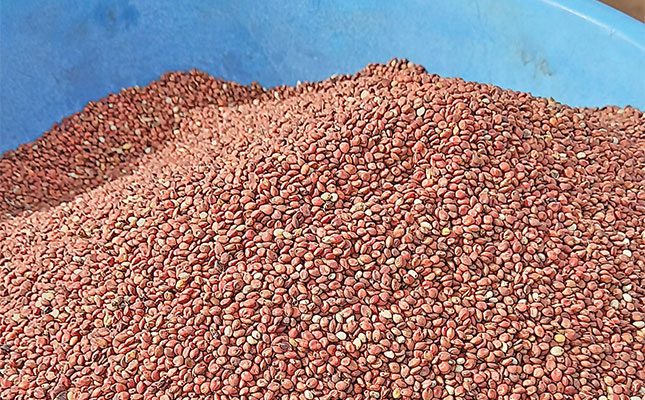
“Sorghum’s drought tolerance and environmental benefits make it an excellent candidate for such value addition. Creating small business incubators and providing education and incentives can further support this process,” says Blum.
The plant’s ability to thrive in low-water conditions offers a significant advantage over traditional crops like maize.
“The larger root biomass of sorghum leaves behind more organic material, enriching the soil with microbiological activity essential for crop health,” he says.
Additionally, rotating sorghum with other crops can help break disease and pest cycles, leading to higher productivity across the farm.
Varieties and their applications
“There are two main categories of sorghum: grain sorghum and forage sorghum. Grain sorghum is characterised by its shorter stature and larger grain head, ideal for food products. Forage sorghum, on the other hand, can reach over 3m in height and is used primarily for animal feed, biomass, and ethanol production,” he says.
White and red sorghum are cultivated in South Africa. White sorghum has a milder flavour while its red counterpart has a richer taste. Onyx sorghum, a hybrid developed and grown in the US, has a higher tannin content and is recognised for its health benefits and suitability for brewing.
Blum says local market needs will guide the adoption of sorghum.
“I don’t predict market trends but rather provide information on what sorghum can offer. The role of local markets and their unique needs will determine how these opportunities are realised.”
He highlights success stories where sorghum cultivation improved economic conditions, such as in the US Midwest and India, where local processing has led to higher prices and job creation.
“In the US Midwest, particularly in Nebraska and South Dakota, sorghum is increasingly used in niche markets like bird seed. Companies like Pennington Seeds contract directly with local farmers, providing them with higher prices for sorghum grown specifically for this purpose,” he explains.
Blum underlines the ongoing efforts to advance sorghum farming through research and technology, with the goal of increasing the crop’s value and supporting farmers worldwide.
“By investing in research and adopting innovative practices, we strive to help farmers maximise the benefits of sorghum and strengthen its role in global agriculture,” he adds.
Connecting and supporting farmers
Blum elaborates on Sorghum United’s methods for supporting and improving sorghum farming practices.
“Our main approach is connecting people and sharing knowledge. We’ve created digital spaces where individuals can exchange ideas, research, and experiences across geopolitical and geographical boundaries.
“This global grassroots approach allows us to facilitate valuable exchanges, such as when a seed dealer in Mali received advice on ideal row spacing from a researcher in India through our platform.
“We continuously seek out and aggregate valuable resources from researchers and agronomists, making them available through our social media and other platforms. This dissemination helps improve sorghum production and provides farmers with critical information,” he says.
He also notes the role of direct engagement through farm visits: “When I visit farms, I connect farmers with local agronomists and experts who can offer tailored advice and support.”
Blum also addresses a major issue in Africa: access to quality seeds. “Farmers often struggle with the quality of seeds available to them.
“We collaborate with leading seed companies like Advanta Seeds and Richardson Seeds to connect farmers with reliable suppliers, ensuring they receive genuine, high-quality seeds rather than substandard products,” he says.
Integrating sorghum into crop rotation
Blum stresses the importance of diversifying cropping systems to avoid monocultural farming practices.
“By incorporating sorghum and millet into crop rotation, farmers can improve soil health, enhance biodiversity and contribute to more sustainable farming practices.”
He adds: “Sorghum contributes to soil health, reduces compaction and improves water conservation. Farmers often see an average yield increase of about 8% in subsequent crops like maize and soya beans due to these benefits.”
Blum also emphasises the importance of soil microbiology, noting that diverse cropping systems that include sorghum help maintain healthy soil biology.
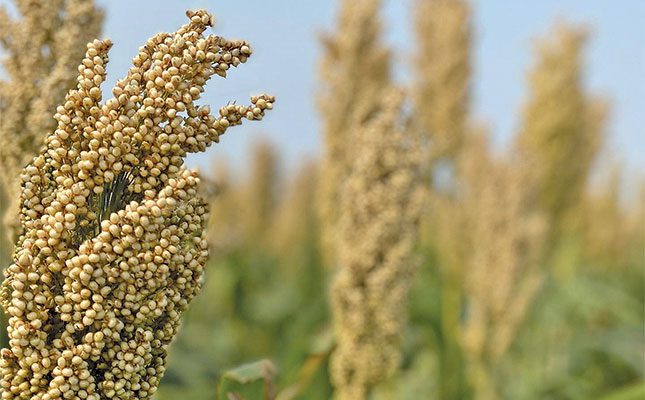
Global market
“The global market for sorghum is dominated by a few major players, and the crop often falls into a niche category. There is a need for more research and investment to explore its full potential and promote its use,” says Blum.
Sorghum United is addressing these challenges by connecting stakeholders and promoting local value addition.
“Our goal is to advocate for the integration of sorghum into regional food systems, leveraging its benefits for both economic and environmental sustainability,” he explains.
The NGO’s efforts to connect global stakeholders are pivotal and making use of social media is key.
“We aggregate information and foster connections through platforms like WhatsApp and LinkedIn,” he says.
Its global forum allows members from diverse sectors to exchange ideas and collaborate. With over 3 000 stakeholders across every continent except Antarctica, the network is growing rapidly.
“We’ve recently expanded our team with regional directors in key areas like Asia-Pacific, Africa, and Latin America, which has accelerated our growth and outreach,” says Blum.
He outlines how global demand for sorghum affects local economies.
“The specialised traits of sorghum align with growing consumer preferences for non-genetically modified organisms and gluten-free products,” he says.
“This demand drives market opportunities and supports local economies by creating jobs, stimulating agricultural investments, and encouraging the development of value-added products,” Blum concludes.
Email Nate Blum at [email protected].

